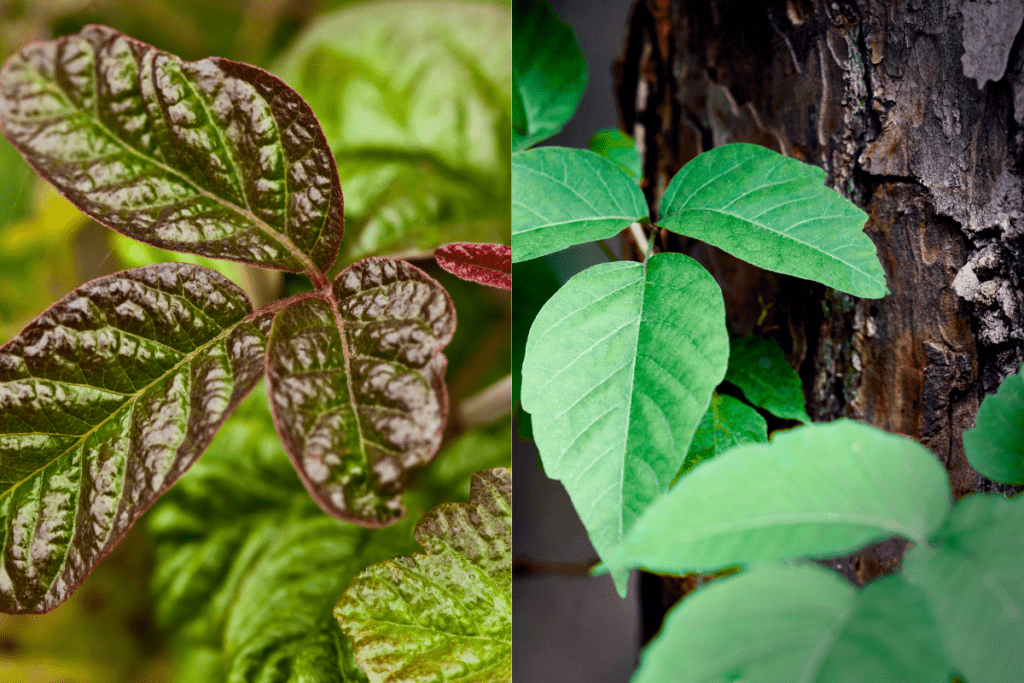For those who make their living in the woods, like loggers and field service technicians, taking proper safety steps is crucial: Being smart and safe on a field jobsite can both prevent serious injury and reduce costly downtime.
Poison oak and poison ivy are safety subjects that every forest worker should know how to identify and avoid. Both poison oak and poison ivy are common plants found in wooded areas and can cause a painful skin rash when touched.
Here are some tips to help you identify these poisonous plants:
Poison oak has leaves that are shaped like oak leaves, with three lobes and a glossy surface. The leaves can range from green to reddish in color and are often clustered together in groups of three. The plant can grow as a vine or shrub and produces small, white flowers in the spring and summer.
Poison ivy has leaves that are shaped like mittens, with three pointed tips and a dull surface. The leaves can range from green to reddish in color and are often clustered together in groups of three. The plant can grow as a vine or shrub and produces small, greenish-white flowers in the spring and summer.
Here are some ways to avoid coming into contact with these plants:
- Learn to recognize poison oak: Use the above points to spot poison oak or ivy
- Look before you walk: Make sure every path you travel on is clear of poisonous plants
- When possible, stay on designated trails: Avoid walking through areas with dense vegetation where poison oak or ivy might be present.
- Wear protective clothing: Long pants, long-sleeved shirts, and gloves can help protect your skin from coming into contact with poison oak.
- Wash your skin and clothing: After being in the words, wash your skin and clothing thoroughly with soap and water to remove any oil that may have come into contact with poisonous plants
- Be mindful of animals: We all love logging dogs! But dogs can pick up poison oak oil on their fur and transfer it to you.
Knowing how to identify poison oak and poison ivy can help you avoid skin irritation and discomfort. All forestry-based workers should be sure to take the necessary precautions when spending time in wooded areas to ensure a safe and enjoyable experience.
Want more forestry tips? Check out the Triad Machinery blog!









